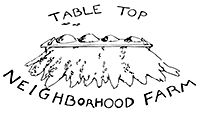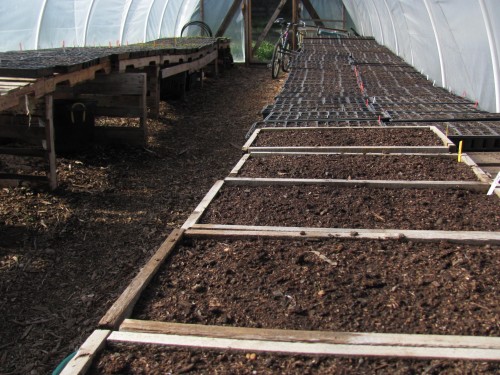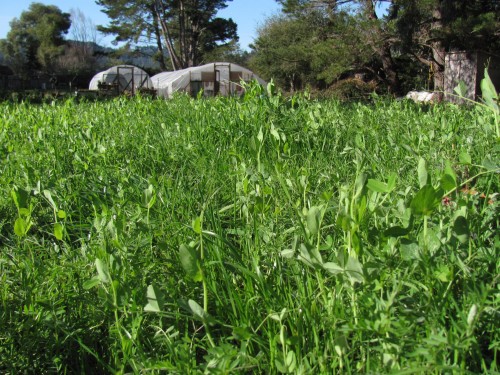This time of year, understanding what the weather is going to do can be tricky. Two days ago, spring felt like it had arrived! It was warm. It had been warm all week. Yesterday though, I had to wear two sweatshirts and a wool hat and I was still cold. The wind started blowing and the air became thinner. Warm blasts were followed minutes later by frigid, arctic air, until it was only cold wind blowing. Wind means spring though. And visa versa. Luckily at the farm on Cypress Street, we have two rows of tall wind break trees situated at the northern side. There is also a row of pines that lines the southern portion of the land. This line of trees is hardly a wind break though, and really only does the dis-service of blocking the sunlight. Most of the damaging winds seem to come down the bay from the north. Two years ago, working at the Heidrun Meadery on Viento Street (which means wind), it was incredibly blustery between late February and April. No surprise there. But at the end of the day working out in the field, I felt totally drained. It takes twice as much energy to work out in the wind. Now, even though we can’t feel the wind as strongly when we’re out working in it (which is a good thing!), we know that it is windy and that wind means it is spring around here.
We did a lot of seeding in the greenhouse this weekend. We seed into 48-cell flats. So far, I like the 48-cell flats as opposed to the 72-cell flats, because I can’t always be there the day the plants need to get transplanted. With the 72-cell flats, when they are ready, they’re ready! And they have to be transplanted right away. But with the 48-cell flats, there’s a couple more weeks of wiggle room, in case things get busy. Here is a list of what we have in the seedling greenhouse: flat of Italy parsley, rainbow chard, fordhook giant chard, red russian kale, blue scotch curley kale, elephant dill, slo-bolt cilantro, tom thumb lettuce, utah celery, tendercrisp celery, and the list goes on.
We also planted about 20,000 onion seeds (yellow of parma and red long of tropea), and about 20,000 leek seeds in the big greenhouse, directly into the ground. In about 2 months, these alliums will grow to about 1/4 inch in diameter before they are dug up and transplanted out to the farm at Black Mountain Ranch. The tomatoes will follow the onion starts in May. Onions and leeks are great soil cleansers. Since we had tomatoes in there last year, hopefully we won’t have blight in there this year and the onions should help out.
The cover crop is about 2 feet tall now. I haven’t seen any flowers yet, but I imagine there’ll be flowers starting to bloom in the cover crop in about 2 weeks. Once the cover crop has flowered between 20 and 30 percent (by April), we’ll cut it all down and compost the green matter. The roots and stubble will be plowed up, allowed to sit for 2 weeks, and once the rows have been made, the transplants will go into the ground (mid-April).
Right now, we are busy getting the new plot ready for this year at Black Mountain Ranch. We’ve got about 1,300 linear feet of deer fence to put up, and a 1,000 foot long irrigation pipe to install. Aside from some other work, the hardest work will be to get the soil there prepared. Because the soil there is a mix of sandy loam and loamy sand, depending on where you are in the field, it’ll need a lot of compost. We’re planning on putting down about 20 yards of finished compost there, in order to bring the soil’s fertility up. Then we’ll plant the potatoes, onions, leeks and flowers by May.




